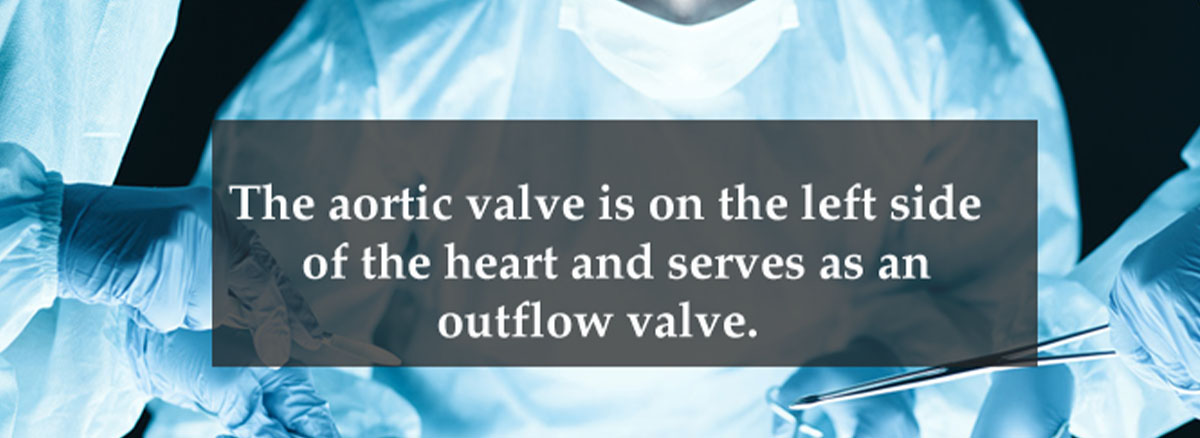The aortic valve is on the left side of the heart and serves as an outflow valve. Its job is to allow blood to leave the left ventricle, which is the heart’s main pumping chamber. Its job is also to close so that blood doesn’t leak back into the left ventricle. You may need surgery on your aortic valve if you have a congenital defect or disease that causes stenosis or regurgitation.
The most common type of congenital abnormality is a bicuspid valve. Normally, the aortic valve has three sections of tissue, known as leaflets. This is called a tricuspid valve. A defective valve has only two leaflets, so it’s called a bicuspid valve.
Mechanical and biologic valves are used to replace faulty valves. Mechanical valves are artificial components that have the same purpose as a natural heart valve. They’re created from carbon and polyester materials that the human body tolerates well. They can last between 10 and 20 years. However, one of the risks associated with mechanical valves is blood clots. If you receive a mechanical heart valve, you’ll need to take blood thinners for the rest of your life to reduce your risk of stroke.
Biologic valves, also called bioprosthetic valves, are created from human or animal tissue. There are three types of biologic heart valves:
- An Allograft or homograft is made of tissue taken from a human donor’s heart.
- A porcine valve is made from pig tissue. This valve can be implanted with or without a frame called a stent.
- A bovine valve is made from cow tissue. It connects to your heart with silicone rubber.


